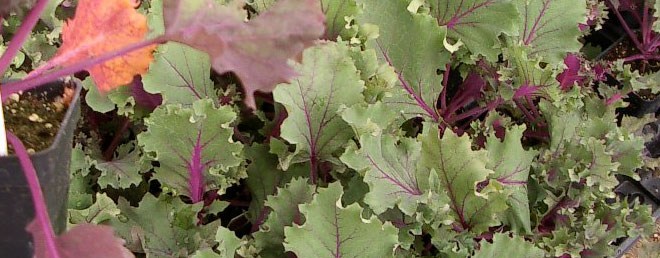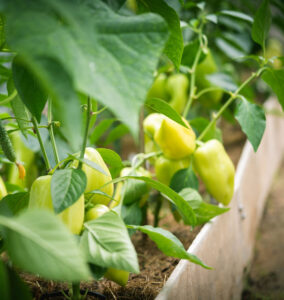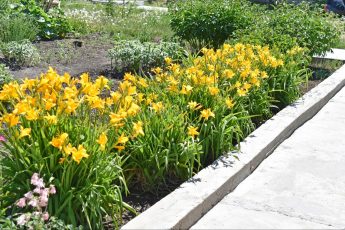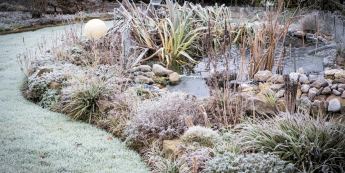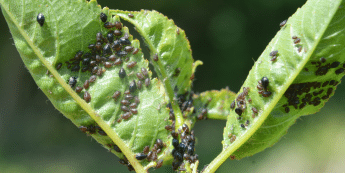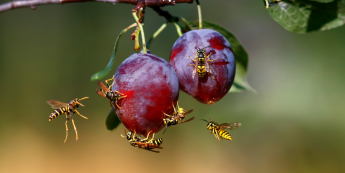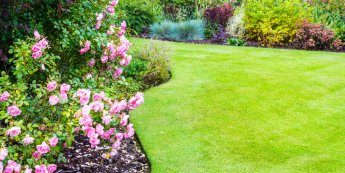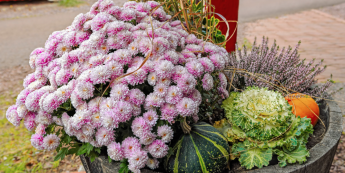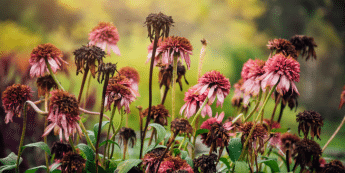by Rob Sproule
It seems that everywhere I turn this year, people are growing, eating, and raving about kale. The popularity of “super foods”, including raw, macrobiotic, and cancer fighting foods, has propelled this soft-spoken cruciferous veggie to super-stardom.
A delicious kale salad from the Noorish Eatery inspired me to investigate this hyperbole-wrapped vegetable. I quickly discovered that, not only is the idea of kale as super-food nothing new, we’re actually quite late to the party!
The History of Kale
Although the kale’s cultivated history digs back over 2,000 years, foraging tribes have been eating it long before the first cities. Besides the leaves being smaller, the kale you’re eating today is essentially the same food that kept our ancestors alive through Neolithic winters.
Until the end of the Middle Ages it was the most popular vegetable in Europe, especially, in the British Isles where it withstood the ravages of Scottish winters. Kale provided nutrients, like iron and calcium, that were hard to find outside of meat, which was beyond the means of many people. This combined with a resolved tolerance of poor soil and cold weather made it a dietary staple.
As the array of available vegetables expanded, humble kale fell out of fashion. It became a star again during WWII, when Allied governments asked people to plant it in their gardens in order to supplement nutrients that were found in many rationed foods, like meat.
What’s in It?
There are 2 kinds of nutrients in Kale , the ones we’ve known about for eons and the ones that we’re just discovering. In fitting with its historical role, Kale is sometimes called the beef of the vegetable world because its robust nutrients are rare in other vegetables.
What we know about its health benefits is staggering in itself. Kale is rich in Vitamins A, B6, C, and K. It’s also a multi-vitamin of calcium, manganese, potassium, iron, folic acid, omega-3 acids, fiber and a host of others.
What scientists are just discovering is even more exciting than the known nutrients. Kale is loaded with phytochemicals, which are associated with the prevention of cancer, diabetes, and cardiovascular disease. It’s believed that these chemicals prevent cell damage and prevent cancer cells from replicating.
Kale also has an unusual high number of antioxidants, which help prevent the build up of harmful metabolic bi-products. There’s been a link found, which scientists continue to investigate, between these antioxidants and the prevention of certain cancers, especially colon and ovarian.
It’s a good idea to avoid Kale if you thyroid-based auto-immune disease.
Harvesting and Eating Kale
Kale’s cold tolerance makes it an ideal crop for Canadian autumns. A touch of frost actually intensifies the flavour. One of the best things about kale is its versatility.
The way you use kale depends on the leaves’ maturity. If they are still small and immature, they’re probably tender enough to use raw in salads. You’ll get the most health benefits by eating them this way, and will be treated to a tantalizingly textured salad that tastes notably denser than a lettuce based one.
Consider using the middle leaves in an Asian stir-fry. Gai-Lan, or Chinese broccoli, is popular throughout Asia and is usually stir-fried with beef, but the sky is the limit. Unlike lettuce, Kale is robust enough to maintain its density through the stir-frying process.
The oldest, most mature leaves are the toughest, and will probably be somewhat unpalatable if eaten raw. Consider steaming these or adding them to a stew or soup where a long cooking process tenderizes them. Avoid boiling it if you’re after the antioxidant benefits.
I have self-confessed salt tooth. My favourite way of eating them is as kale chips, a healthier alternative to potato chips. Simple cut washed and dried leaves, mature or otherwise, into bite sized chips. Mix them in a bowl with some olive oil and sea-salt (or season to taste). Spread them on a baking sheet and cook at 350 degrees for 15 minutes or to desired crunchiness. They store well and are a saturated fat free alternative when you have a salt craving.

